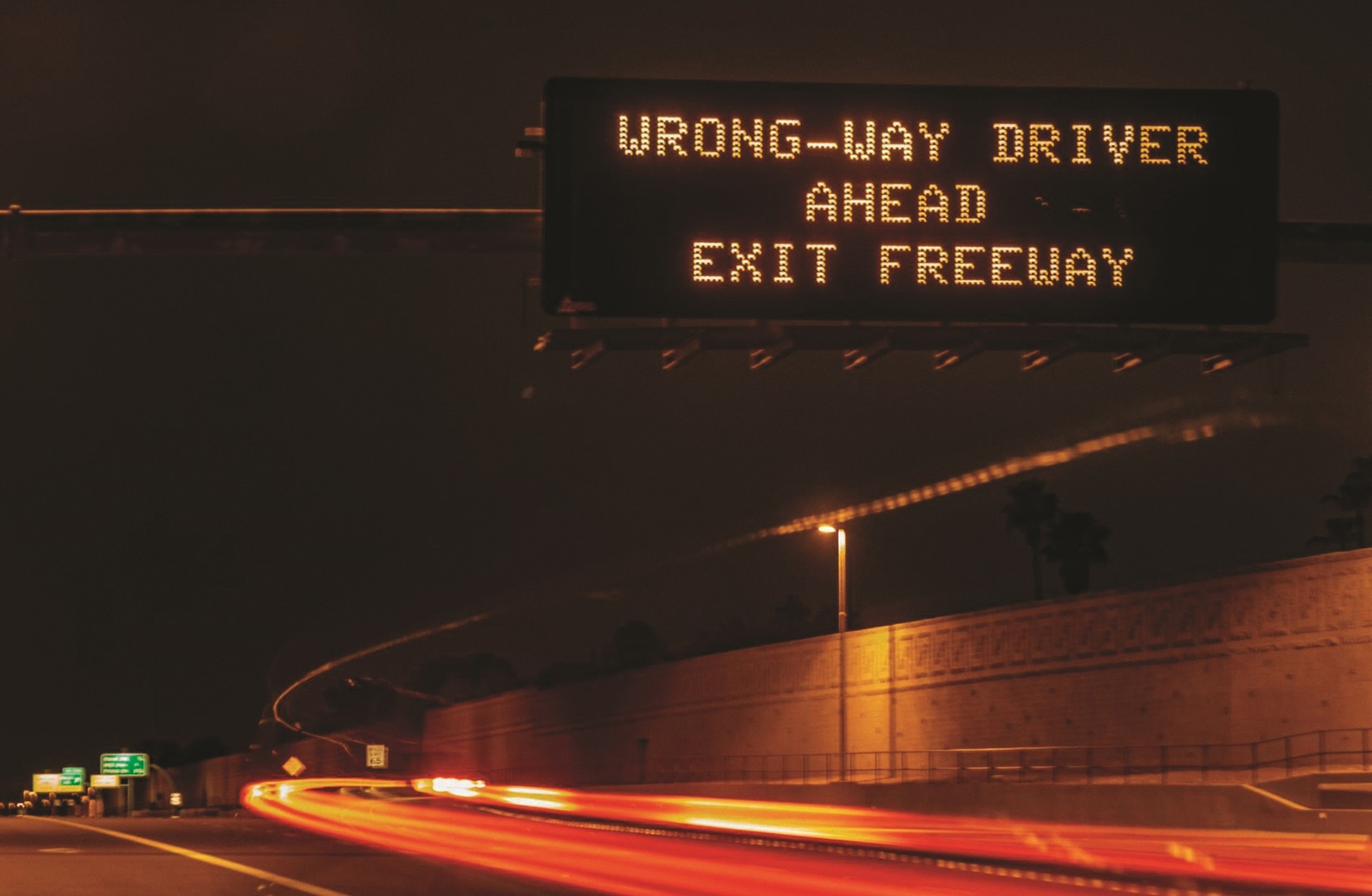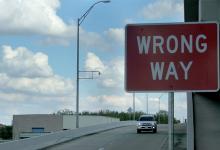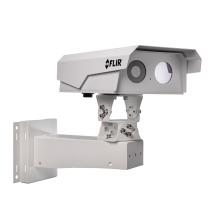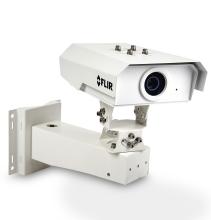
The number of accidents and fatalities from wrong-way drivers on US freeways has been increasing. The AAA Foundation for Traffic Safety says the average number of deaths a year from 2015-18 rose to 500, up 34% from 375 annual deaths from 2010-2014.
While this may seem relatively small to some observers, the fact is that wrong-way driving (WWD) crashes are frequently head-on accidents, making them much more severe than other crash types, such as side swipes.
Local and state government agencies overseeing roadway safety have an eye on the problem. To date, the response to the increase of WWD on freeways has been to implement technology for the detection and countermeasure decision-support systems. Many are using thermal ‘heat seeking’ detection cameras, due to the fact they are extremely reliable with a very low false alarm frequency, no matter the lighting or weather conditions.
Traffic authorities in the US have taken a multi-pronged approach to combat the WWD trend. Some targeted measures include better traffic signage and road markings. However, more and more traffic agencies are now using dynamic incident detection and signalling to detect wrong-way drivers right at the highway’s entry point.
“Encountering oncoming headlights on your side of the road makes for an incredibly terrifying experience”
Central to this tactic are thermal imaging cameras that utilise artificial intelligence (AI) video analytics. This measure can be one of the most effective detection technologies, allowing for more accurate detection with a lower false alarm frequency at a further distance. The cameras will consistently detect the presence of wrong-way vehicles even at night and during rain or snow conditions - the times when wrong-way collisions are most likely to happen. Reliability of the detection system is key, so that the countermeasures can be taken swiftly and automatically in case requested.
A successful WWD system goes beyond the initial incident detection by responding with countermeasures such as warning the travelling public of the potential hazard, closing nearby ramps or roadways, and assisting authorities with quickly intercepting the driver travelling in the wrong direction.
To better protect citizens’ well-being in addition to critical infrastructure, an effective system needs to automate specific countermeasures that protect oncoming vehicles:
● Detection of incident
● Local flashing wrong-way signals to warn the wrong-way drivers
● Confirmation of incident that driver did not stop for local wrong-way signals
● Decision support software for operators
● Public warnings via road sign messages for oncoming drivers
● Traffic signal pre-empts and ramp closure notification
● Inter-agency police alerts, also to other agencies, to notify of arrival timing at intercept points calculated by WWD speed
Initial detection
For initial detection, sensor systems should leverage video analytics to determine a passing vehicle’s direction and speed. Field tests conclude that thermal video analytics sensors are the most effective for detecting wrong-way drivers when compared to radar and visible-spectrum sensors, due to its very accurate detection in all weather and light conditions.
Previously, systems mainly used visual cameras, which was not ideal as it would pick up the shadows of larger vehicles and trigger false alarms. By adding thermal cameras and AI to the equation, one is no longer looking at changes in pixel contrast - rather, you are truly recognising the vehicle with analytics. Such systems make it much easier to detect vehicles at a greater distance with better accuracy – allowing for more timely and accurate alarm triggers.
However, whichever type of system a city adopts, the event confirmation aspect will hold the utmost importance because an activity in the case of a false alarm is highly disruptive to traffic flows.

Confirmed detection
To ensure accurate detection while avoiding time-wasting false alarms, systems typically deploy two methods to confirm wrong-way events. The primary method involves visual confirmation by an operator using an automated video call-up feature. Alternatively, confirmation can be done through a fully-automated process when an adjacent detection is triggered. Once the event is confirmed, a WWD system promptly initiates life-saving countermeasures.
Visual confirmation
Upon detecting a wrong-way vehicle through a traffic sensor, the system immediately triggers an audible alarm and showcases looping and live video footage of the event across all operator workstations and on the video wall in the traffic operations centre (TOC). These visual aids help operators in visually confirming the existence of the wrong-way vehicle. When reviewing an event, the operator can activate or dismiss system countermeasures with a single push of a button.
Multi-detector confirmation
To ensure accurate detection, each off-ramp is equipped with two consecutive detection zones comprising an intersection detector and a mainline detector pair. The first detection zone encountered by a vehicle is the intersection detector, responsible for sending the initial alarm to the TOC for confirmation. However, if a wrong-way vehicle traverses both the intersection and an adjacent mainline detector within a specified timeframe, the system can automatically validate the detection and activate countermeasures. This logic also extends to adjacent mainline detectors, which are employed to monitor wrong-way vehicles and update the appropriate countermeasures accordingly.
Automated risk mitigation
Timely response to a wrong-way event relies on the essential automation of countermeasures. Automation plays a crucial role in aiding operators to promptly react within the constraints of critical time during a life-threatening situation. Once an event is confirmed whether through visual confirmation by the operator or automatic validation via the multi-detector system logic, the following automated countermeasures are implemented:
● Public warnings Automatic posts to dynamic message signs warning of the oncoming hazard.
● Ramp closures To prevent additional traffic from entering the freeway, systems can close on-ramps by sending commands to entrance ramp meters and traffic signal controllers to change the light to red.
● Inter-agency alerts To enhance coordination among various agencies, regional public safety professionals can be equipped with WWD workstations, enabling improved inter-agency collaboration. The traffic system automatically notifies the police, allowing them to swiftly dispatch law enforcement officers to the scene. Alert messages provide crucial information such as the location of the wrong-way driver and estimated arrival times at predetermined interception points. These arrival times are calculated based on the speed of the wrong-way vehicle, measured by traffic detectors. As the offending vehicle is tracked from one location to another, the arrival times are continuously updated. Without such WWD systems, many dispatches rely on 911 calls that often lack accurate location information. This can result in law enforcement officers wasting valuable time searching for the vehicle.
Real-time decision support
WWD systems use real-time maps, live and archive video, monitor walls and audible voice annunciation to update operators as the situation unfolds. Systems respond by:
• Showing the current location on a georeferenced map
• Animating active countermeasures
• Updating video feeds and presets
• Providing fresh information to law enforcement
Countermeasure release
As the wrong-way driver passes from one detection zone to the next, countermeasures that are no longer applicable are automatically cancelled and released. This allows traffic to flow normally everywhere except those areas actively at risk. When the wrong-way event ends, operators can release countermeasures in a single click.
Protecting roadways for all
Encountering oncoming headlights on your side of the road makes for an incredibly terrifying experience, as wrong-way drivers pose an extreme and potentially fatal hazard to traffic safety, as head-on collisions are the deadliest. These incidents predominantly occur when a vehicle unintentionally enters an exit ramp, often during night-time or during inclement weather and is impacted by factors such as unclear signage or the driver's unfamiliarity with the city.
To solve the problem and directly address this critical issue of WWD, it is essential for highway authorities and differing cities to implement effective traffic systems that promptly alert authorities and intervene. Specifically, adopting systems that leverage thermal cameras in combination with AI analytics to better detect and paint a picture of what is happening at a distance. By leveraging advanced technology for continuous monitoring, cities have begun to proactively intercept these tragic incidents before they even have a chance to occur. Such proactive measures are crucial in safeguarding lives and preventing the devastating consequences of wrong-way driving.

ABOUT THE AUTHOR
Stefaan Pinck is VP business development at Flir










